
About Arunachal

A mountain bike stage race is something special in itself. If it takes place in India, such an event will be quite special. But a seven-day mountain bike race through the far-flung northeastern state of Arunachal Pradesh probably tops everything!
Arunachal Pradesh is one of the 7 countries that share the Indian tip in the northeast between China and Bangladesh. With only 17 inhabitants per square metre, the 80,000 km² state is sparsely populated. There are hardly any major cities. The locals, who belong to the most diverse tribes, mostly live in villages in small bamboo huts, which are built on stilts and rise about half a meter above the ground.
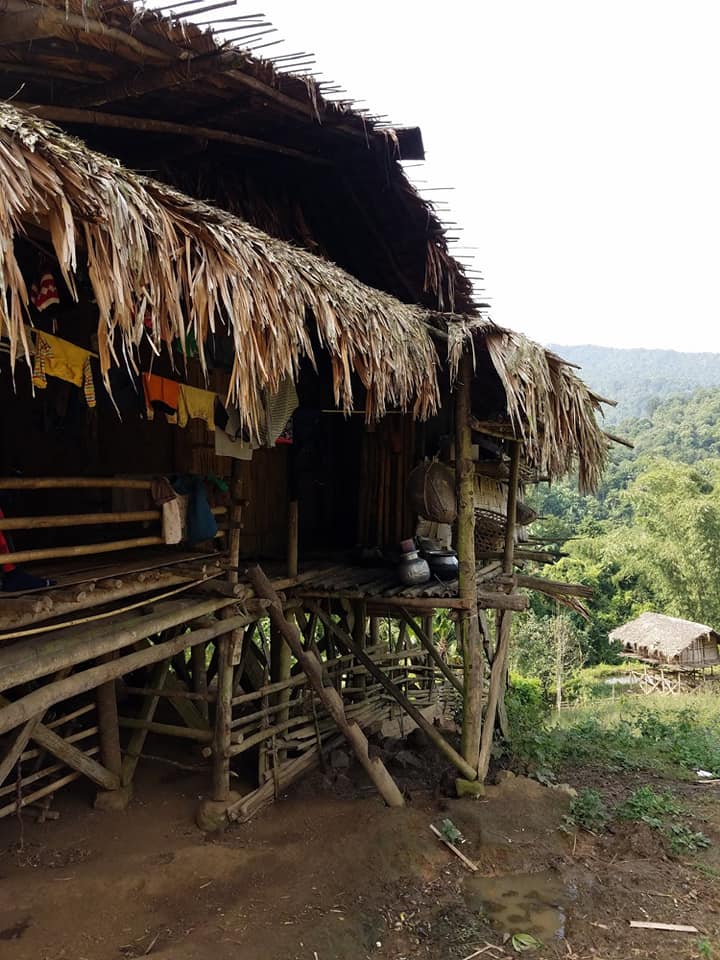
Because Arunachal belongs to one of the rainiest areas of India and especially during the long monsoon season from July to September there is hardly a dry day.
The so-called “highways”, which connect the places, consist of more potholes than tarmac, are often muddy through landslides and usually only single-lane.
MTB Arunachal Route
Click here for the MTB Arunachal Video 2018 (recommended!)

With the puddles, which sometimes occupy the entire width of the road, you never know exactly how deep they are and, if you choose your riding line boldly and are unlucky, the water level also likes to reach over the knees.
Offroad, Singletrails and Co do not exist in this race from the capital Itanagar to the mountain resort of Mechuka, near the Chinese border, 650 km away.
But you don’t need them either. The road conditions in Arunachal are poor and therefore ideally suited for mountain biking. Rarely did I have ever had such arm muscle soreness from the many potholes and often I wished for a full suspension bike during the race.
But let’s start from scratch:
Arrival and what you should know

If you are on such a mountain bike adventure, you first have to fly in to the nearest airport Guwahati. Unfortunately, it is still several hundred kilometers from the starting point Itanagar and it took us over 12 hours by car to reach.
In addition, Arunachal is located on the Chinese border, which is why all Indians and foreigners must have a certain permit, the so-called PAP (Protected Area Permit). This is not a bid deal, but it must be requested and paid for beforehand.
Once you have arrived in Itanagar, it quickly becomes apparent that the clocks are ticking no differently here, but the times of the day are. Since the same time zone applies to the whole of India, the sun rises here in the east at 5:30 am, but sets at around 5 pm. Not so easy for long sleepers ![]() .
.
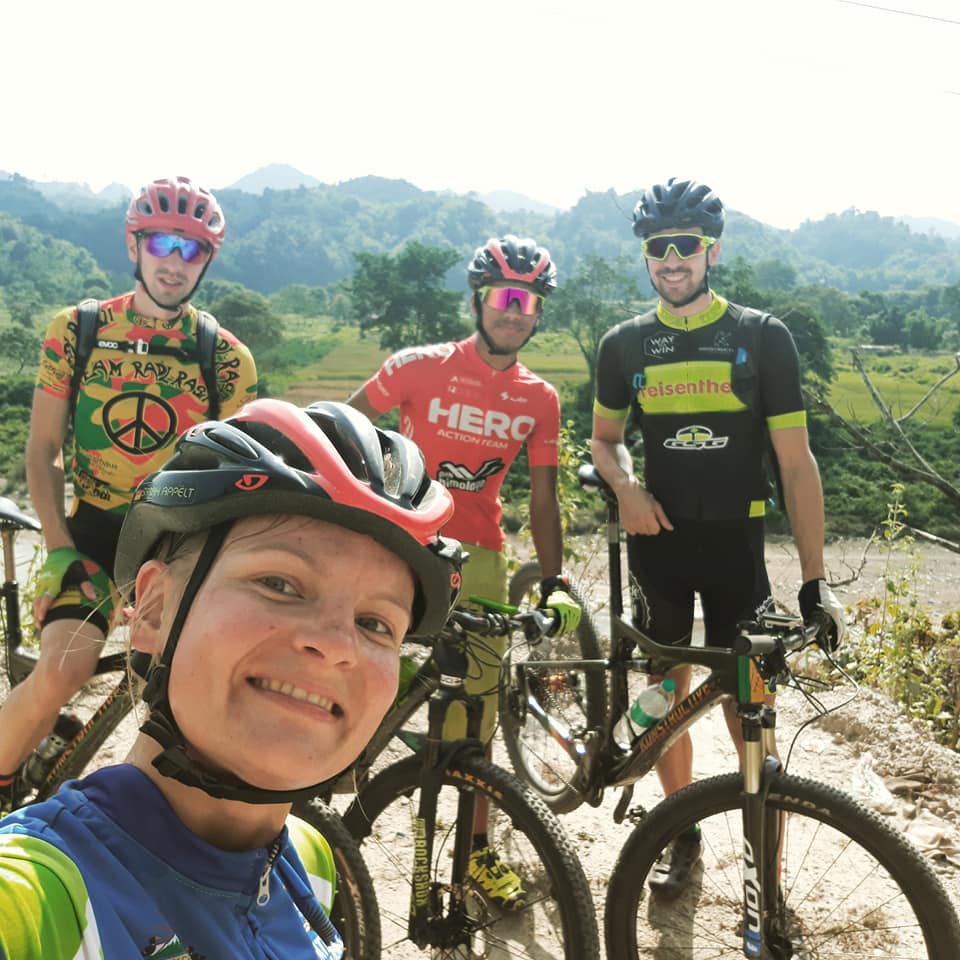
Arunachal Pradesh, by the way, means “the land of the mountains in the dawn”. Because the beautiful state is crossed by the hilly Himalayas. It is hill on the whole race track, but are never over 2000 meters, but partly also very far down at only over 500 meters od seal level. A constant up and down.
MTB Arunachal: More Adventure than Race?
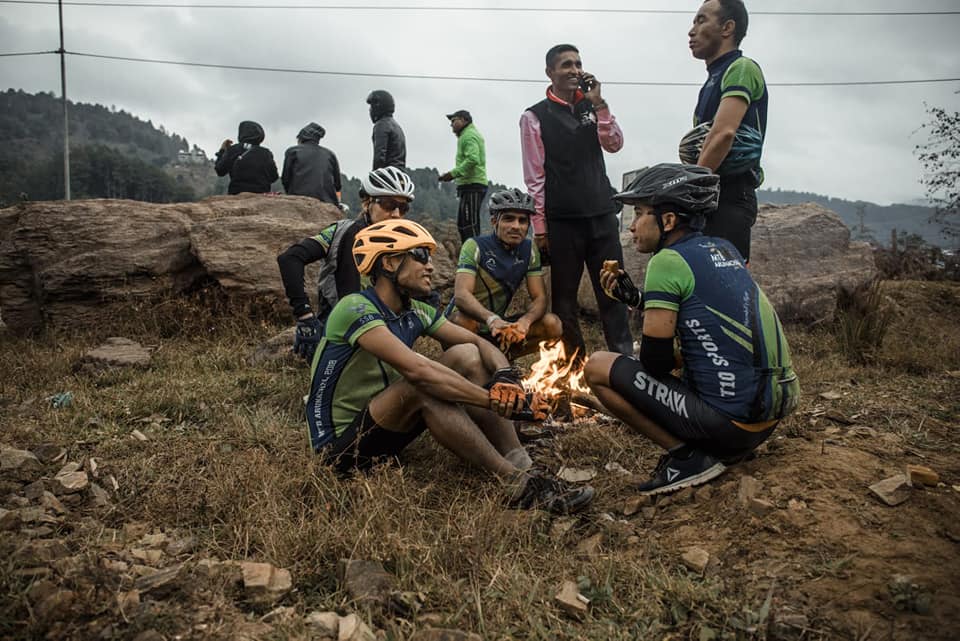
The MTB Arunachal race made its debut in October 2017 and was only held for the second time this year. As the post-monsoon brought a lot of rain, the organizers postponed this year’s event to the time from 14 to 22 November, followed by a three-day “Adventure and Culture Festival in Mechuka”.

Unfortunately, the plan didn’t quite work out: Even in 2018, we had a steady rain for the first few days.

The MTB Arunachal enjoys great political support and is the under the Union Minister Kiren Rijiju. The Indian superstar Salman Khan was also brought on board and not only sponsored the prize money of a total of 27,000 €, but was also flown to Mechuka for the award ceremony (which cost another €440,000). The large cement producer Dalmia was the main sponsor of the event and also the state of Arunachal Pradesh itself provided a lot for the race and additionally supported it.

The race was organized with the help of the SSB, the Indian border guard.
The opening ceremony was spent lavishly with all politicians, sponsors and supporters, many speeches were given and cake was eaten together at the end.
Stage No 1

The first stage was less magnificent: after a small start lap of 2 kilometers, we were loaded with the bikes on Indian trucks, which took us 30 km outside itanagar to the actual starting line. A pretty bumpy affair!

With the start, the rain began. Luckily, the 80 km long stage was almost exclusively uphill, although it was long and exhausting, it did not get too cold for us!
(((In general, the stages were rather pure downhill or uphill stages, there was almost never anything in between.)))

After 5 hours of riding, I trudged in as a total of seventh: not so bad for the start. With this I secured directly the 1st place in the women’s classification, despite heavy cramps. After the several-day arrival to Arunachal, I was severely dehydrated. But the numerous catering stations were well stocked and the nice local volunteers did their best to fill my bottles with juice and water again and again. While I was approving bananas.

Most of the other riders arrived much later, many did not make it before the early darkness.
Stage No 2

On the second day, the 65 km long stage consisted of 50 km of downhill at a time. Through potholes. Filled with water. Some half a metre deep. What a ride! Downhill is not my strength, but with my new bike I felt suddenly much safer and just hung on to Poonam, the strongest second woman in the field and arguably the most talented Indian mountain biker.

In fact, I stuck to her. I was grateful for my silicone gloves and shoe covers as they at least initially protected me from the cold rain. After 20 kilometres downhill, however, I was soaked to the skin and my shoe covers soaked with water. In the villages to be passed through, the road was particularly muddy and it just splashed around. But at least the children and village women were thrilled to see strange “birds” flying by.

At the lowest point, I was finally able to get back on the pedals and experienced a clear stage victory.
On victory and stage No 3

I was also able to win all five other stages in the women’s standings and thus achieved an overall victory. So the hard months of training especially for Arunachal was worth it.

After I was really unfit the year before and couldn’t even finish the sometimes very long stages, I had the clear goal in mind to win in 2018. Because Actually, the route of the stage race was designed for me: long ascents and not quite so technical descents. The race was made for me and I took advantage of that. So it was also at stage No 3, a 94 km long route through thick mud and predominantly downhill.
Action besides the actual race

In a stage race, the afternoons are already filled with all sorts of work: the luggage must be collected, the rooms found, the clothes and the bike washed and new energy collected.
However, if it rains for days, it becomes difficult to somehow dry the wet clothes for the next day. In addition, almost all breakpads of all bikes were gone on the 2nd day – the wet sand just smirked everything away and there was a serious emergency for spare parts!

The type of accommodation changed from day to day. Sometimes we stayed in a resort in dormitories, sometimes in tents, another time in beautiful hotel rooms. For the locals, we were very special guests and every day we were greeted and honored in a very cordial way of dancing and singing by women and children in colorful costumes. Also in the evening we often received a small cultural demonstration.

The food was also very different; However, it tended to be quite simple, consisting of rice, a cabbage-potato curry, some chicken and lentils.
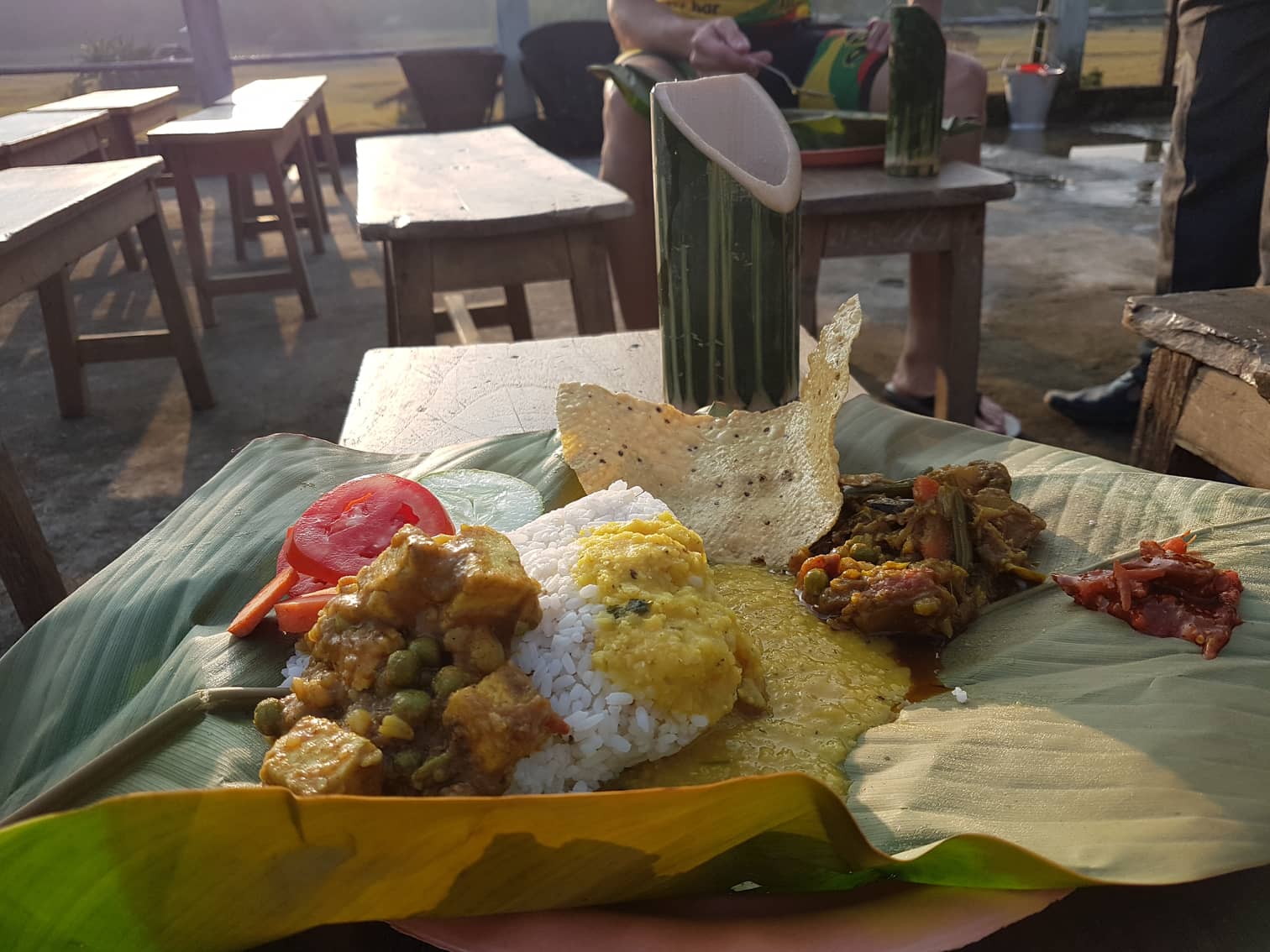
Stage No 4

Sometimes, however, the hosts made a special effort. After the very long fourth stage, during which we covered over 120 km, we were accommodated by the famous BASCON Festival in Bazaar.
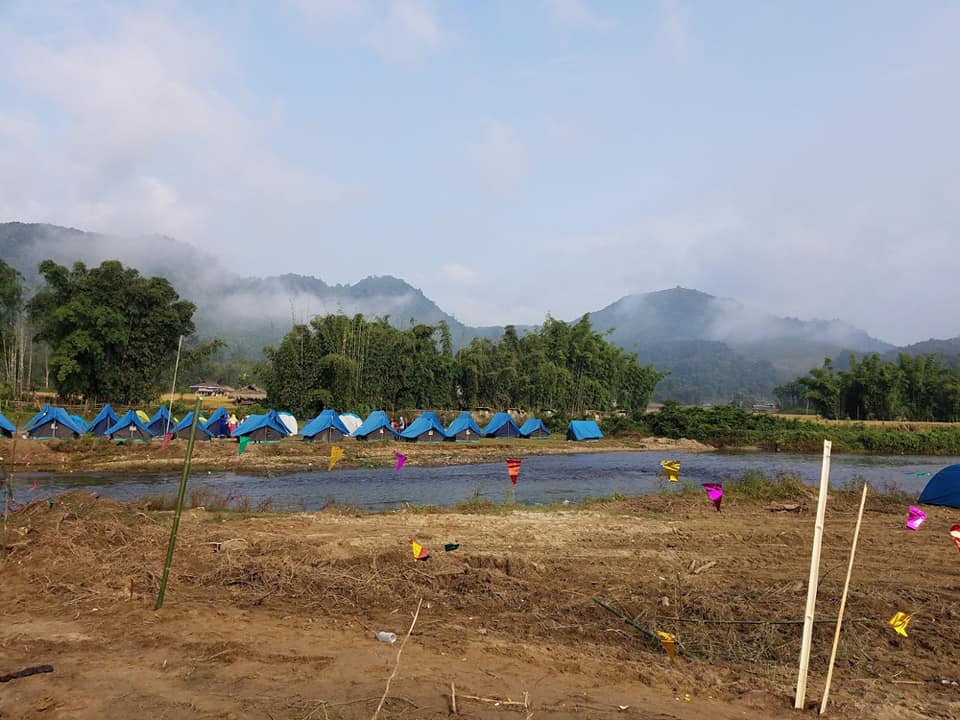
The festival is a three-day event where the inhabitants of whole Arunachal come together to teach each other old traditions (fight, crafts, etc.).

We were accommodated in a beautiful camp by the river and were served delicious food on large green leaves as plates and bamboo tubes as a drinking vessel. Great. It is a pity that we did not have more time here.

Stage No 5

The fifth stage was pleasantly short with 50 km, so that we all reached the finish a little earlier. Here, too, we were royally entertained by a local politician and his wife and housed on a wonderful meadow directly on the Siang River.

It was just stupid that the vehicle with the tents hadgone lost. When they finally arrived, everyone got involved so that we could quickly slip into the sleeping bag and start the next day asleep.
The last two stages


Also the stages 6 and 7 were long and almost only ascending, so that we started even earlier. The luggage often had to be handed over much earlier, because the vehicles were usually slower on the bad roads than we were.

Now it went higher and higher and we left the green tropical palms and bamboo forests and reached coniferous forests and dry meadow landscapes. At the very end we could even see snow-capped mountains.

When I finally rolled through the finish line in Mechuka, I was very happy. Until the very end, I was of course not sure of my win, there can always be a problem on the bike or a fall. But I had made it and now it was time to relax for two days in Mechuka, celebrate and visit the festival.

Conclusion
This race is so much more than a race. But unlike the MTB Himalaya, adventurers are really in demand here, who are brave enough to ride a mountain bike race through a very remote region of India and take (many) reductions in accommodation and food.

Those who can do so can expect a very special experience with many cultural, scenic and sporting highlights, great human encounters and new experiences.

In addition, quite a lot of prize money beckons 🙂

A big thanks to Radl Rasti (Marco) and Andreas Seewald for assemling and transporting my new bike!





